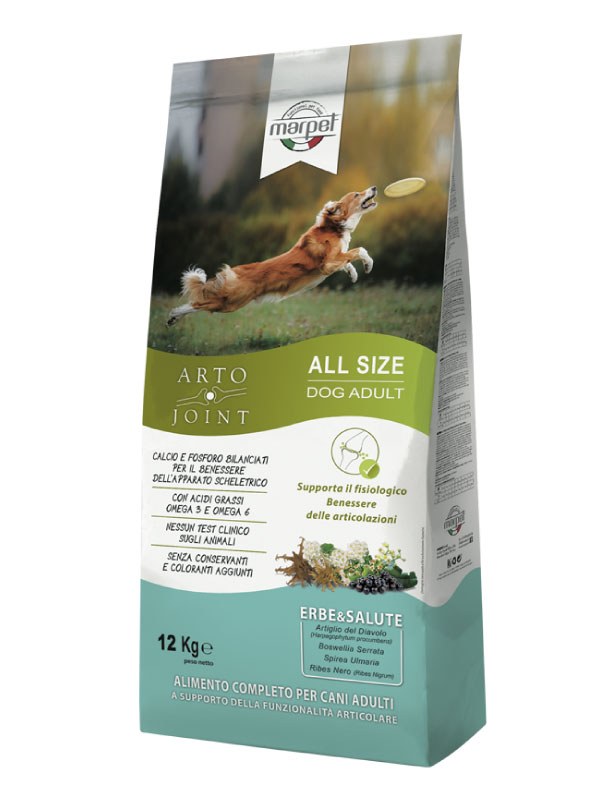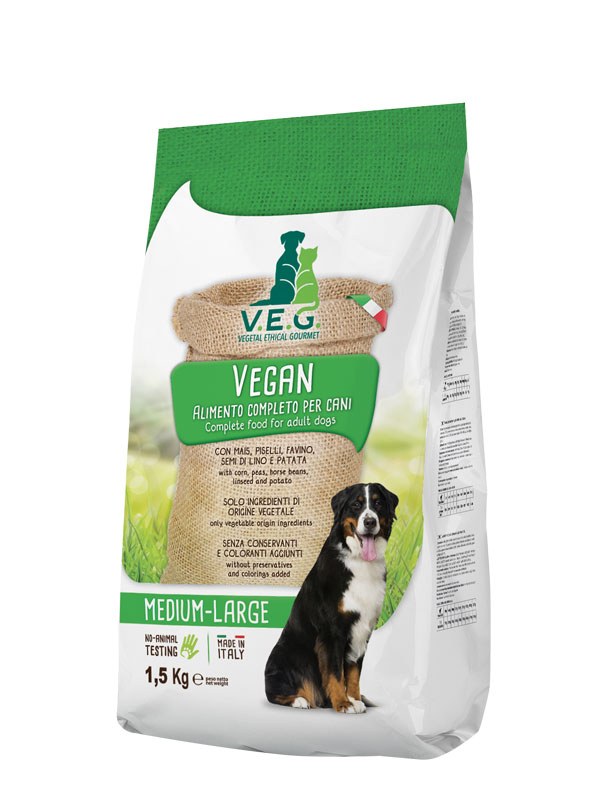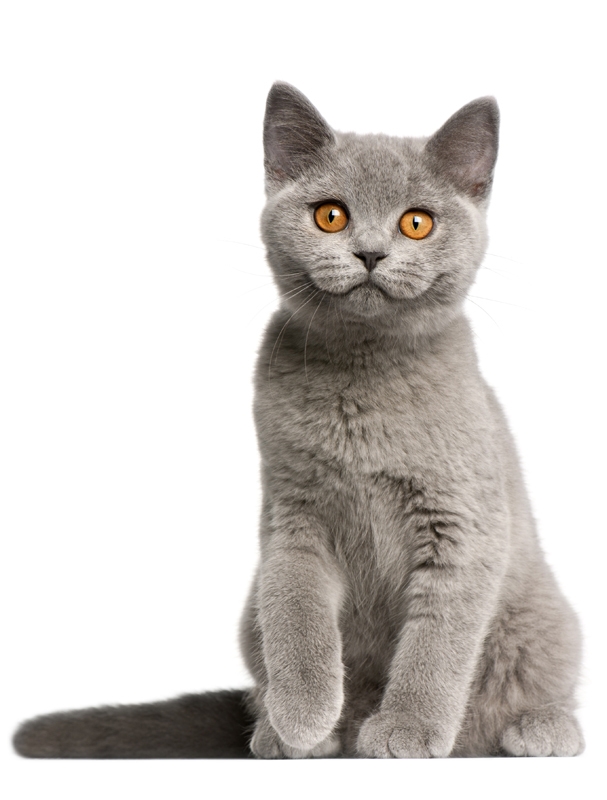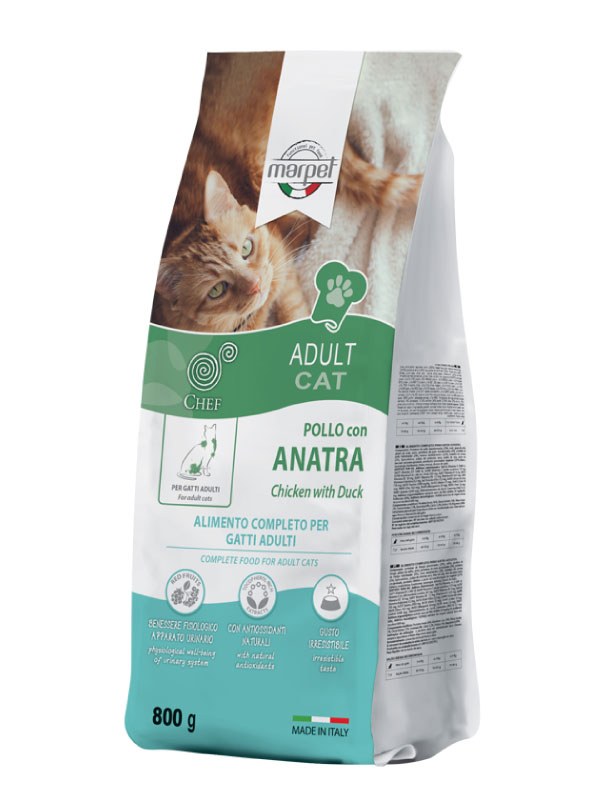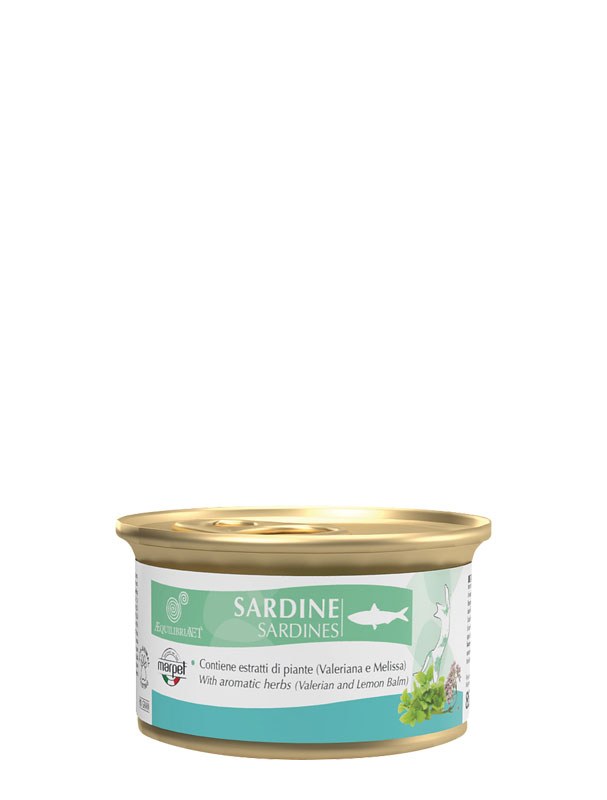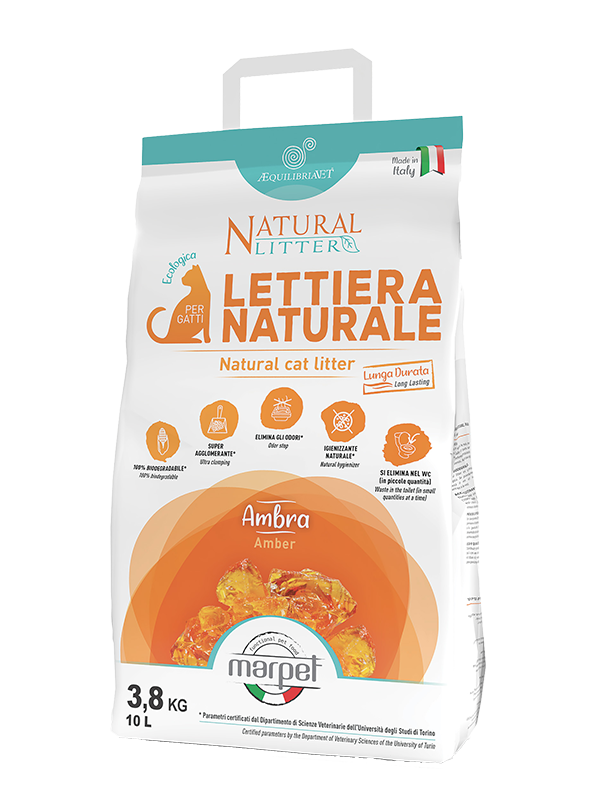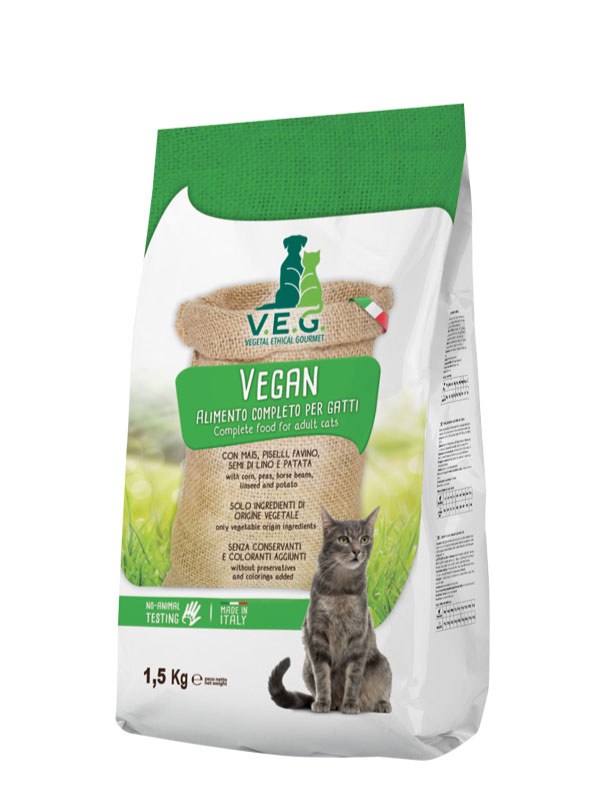LITTER: WHICH TO CHOOSE?
20/05/2022
The choice of the litter box is an important aspect to consider for the well-being of the cat and not all types of litter boxes are always pleasing to them.
First of all, let's clarify the types of litter present in the shops dedicated to our four-legged friends.The litter can be mainly divided into 2 macro categories according to the function:
Absorbent: it is called this because it is made from a material that absorbs urine and has a duration of about 3-4 weeks. The owner only has to take care of removing the feces, while the urine remains soaked in the material it is made of. The litter is then thrown into the garbage when it starts to smell (after 3-4 weeks) because it means that its absorbency is exhausted.
Clumping is a type of sand that is commonly said to "make the ball". The pee in contact with the sand agglomerates creating a ball that the owner must remove along with the feces. It is a bit more demanding for the owner but it is the most hygienic. From a behavioral point of view for the cat the clumping litter is the most suitable because it is an animal very attentive to hygiene and although the sanitary pads cover the odors well, the cat basically continues to go into a litter soaked in pee so it is not really. the maximum!
Absorbent litter is generally made of a material called silica. These are clear crystals that absorb urine and retain odors. The agglomerating ones, on the other hand, are made up of sepiolite / bentonite, that is, sands from mining. In recent years, however, many vegetable litters have established themselves on the market, which can be both absorbent and agglomerating.
The advantage of the vegetable litter is manifold:
Eco-sustainability: these are litter obtained from the processing of plant components that can then be disposed of in an ecological way in the humid fraction of the waste and in many cases also in the toilet in small quantities. This allows a very reduced impact on the environment: think about how much litter a cat uses and therefore how much dry waste is produced; then if we multiply it by the number of owned cats in the world we soon realize the result ...
Functionality: they can also be absorbent or agglomerating and have natural substances that control bacterial proliferation and the formation of odors with very high performance even if completely vegetable.
Cat health: when the cat does its needs, it tends to dig into the litter box, causing a raising of dust that is breathed in by the cat, causing possible respiratory problems over time. Vegetable litters are safer from this point of view because they are less dusty and in case of inhalation they are vegetable and non-toxic components such as silica.
The choice of the litter box is an important aspect for the serenity of the cat. Once you have decided on the type of litter box and the location, it is inadvisable to move it except for reasons of extreme necessity (such as moving), as you could risk breaking a balance that can lead the cat to urinate outside the litter box or in unsuitable places.
The type of box should also not be overlooked: there are basically two, one open and one closed (with lid and small door). The choice of one or the other is usually the owner who perhaps prefers the closed one to better contain the smells and pebbles that are shot everywhere by the cat when it digs. Remember, however, that the cat does not necessarily appreciate the closed litter box or, on the contrary, the open one, so make the appropriate evaluations.
One last tip on the number of boxes to be made available to cats. Trivially one would think of a cat litter box but in reality the optimal to avoid problems of rivalry between cats and evacuations in unsuitable areas is a number equal to N + 1 where N is the number of cats! So even if you only have one cat, it would be advisable to have two litter boxes anyway. 😊
As I said at the beginning, do not change the type of litter without a particular reason and if the cat is comfortable because cats are very habitual ... the different perception under the paws could lead them to stop using the litter box at the expense of yours beautiful house...
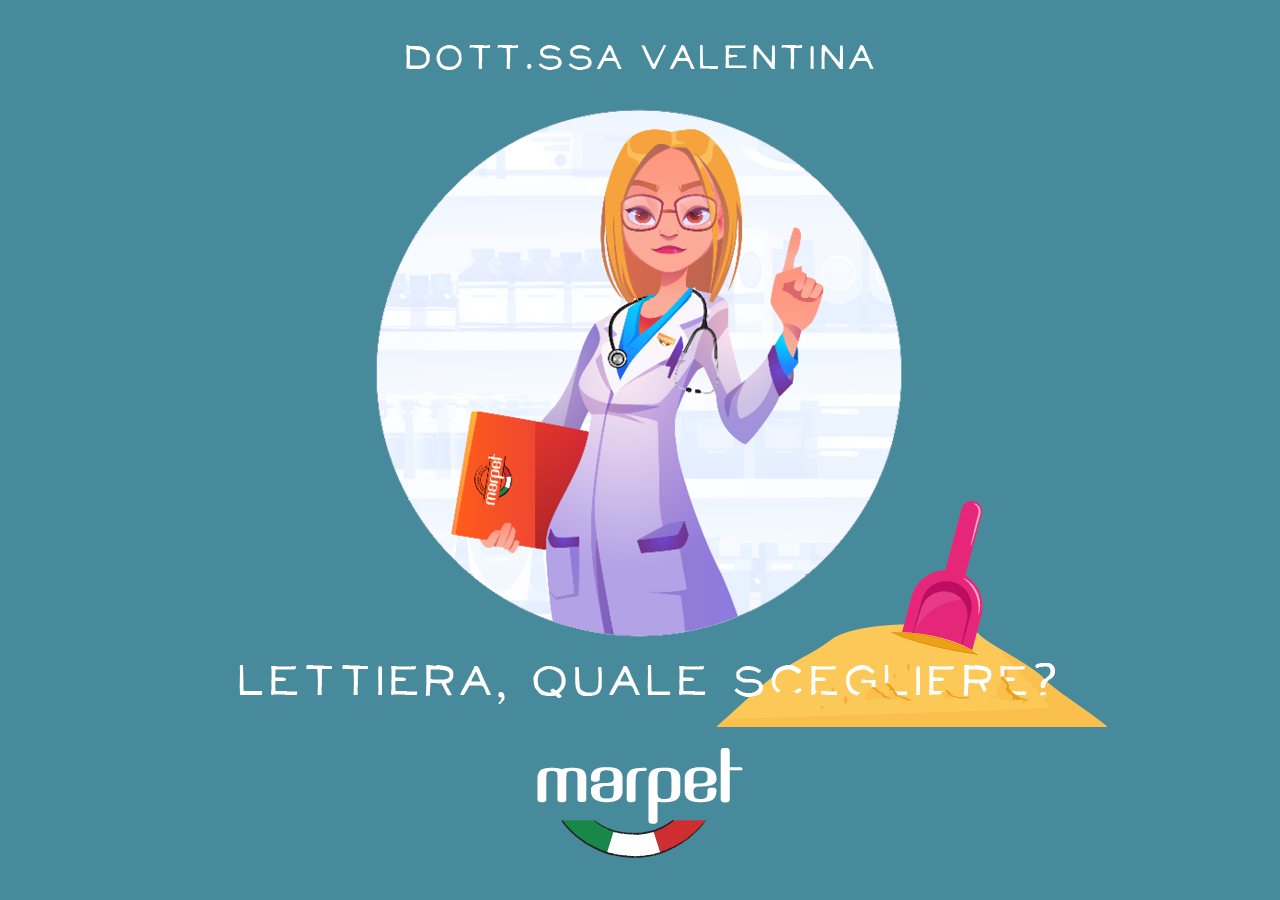

Subscribe to the newsletter

